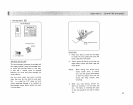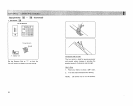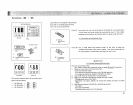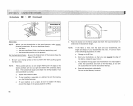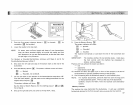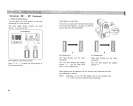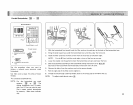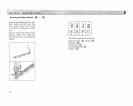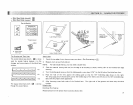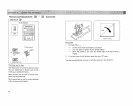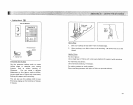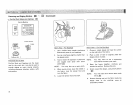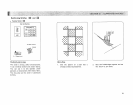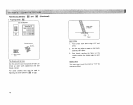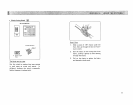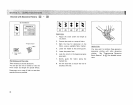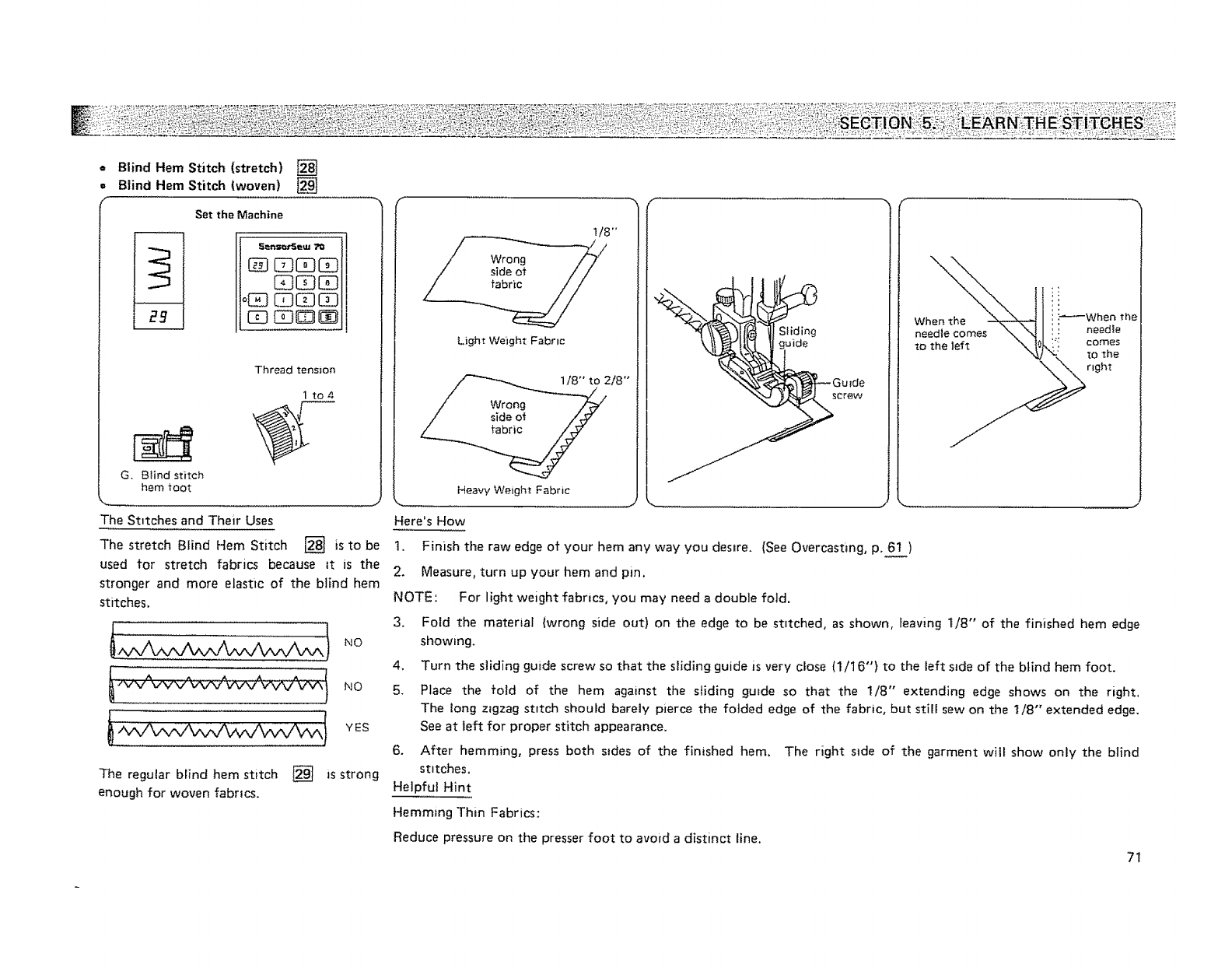
o Blind Hem Stitch {stretch) []
= Blind Hem Stitch lwoven) []
Set the Machine
G. Blind stitch
hem toot
Thread tension
1 to4
Light Welght Fabric l
.8-to=/8'"t I G2,'Je
Heavy Weight Fabric L
.............
The St=tches and Their Uses
stretch Btind Hem Stitch [] is to be
The
used for stretch fabrics because it is the
stronger and more elasttc of the blind hem
stitches.
A ^ A A _ i
JVV W\j _ _ _
L
NO
NO
YES
is strongThe regular blind hem stitch []
enough for woven fabrics,
.................. #
Here's How
When the
needle comes
to the left
i_When th4
: needle
comes
to the
right
1. Finish the raw edge of your hem any way you desire. (See Overcasting, p. 61)
2. Measure, turn up your hem and pin.
NOTE: For light weight fabrics, you may need a double fold.
3.
4,
5.
Fold the material (wrong side out) on the edge to be stitched, as shown, leaving 1/8" of the finished hem edge
showing.
Turn the sliding guide screw so that the sliding guide is very close (1/16") to the left side of the blind hem foot.
Place the fold of the hem against the sliding guide so that the 1/8" extending edge shows on the right,
The long zigzag stitch should barely pierce the folded edge of the fabric, but still sew on the 1/8" extended edge.
See at left for proper stitch appearance.
6. After hemming, press both sides of the finished hem,
stitches.
Helpful Hint
Hemming Thin Fabrics:
Reduce pressure on the presser foot to avoid a distinct line.
The right side of the garment will show only the blind
71



